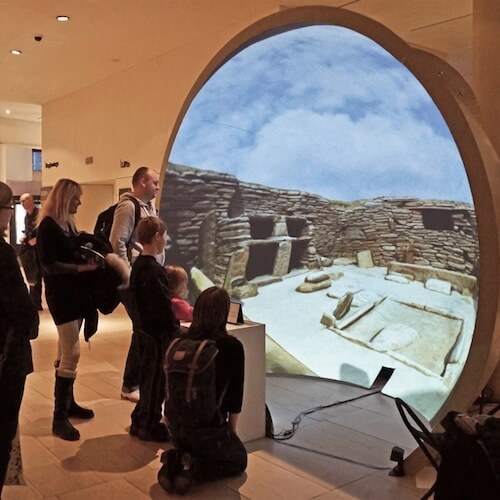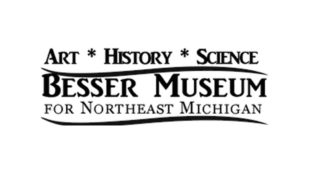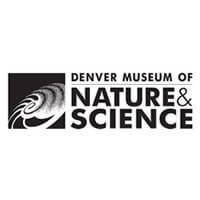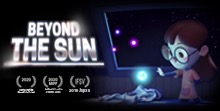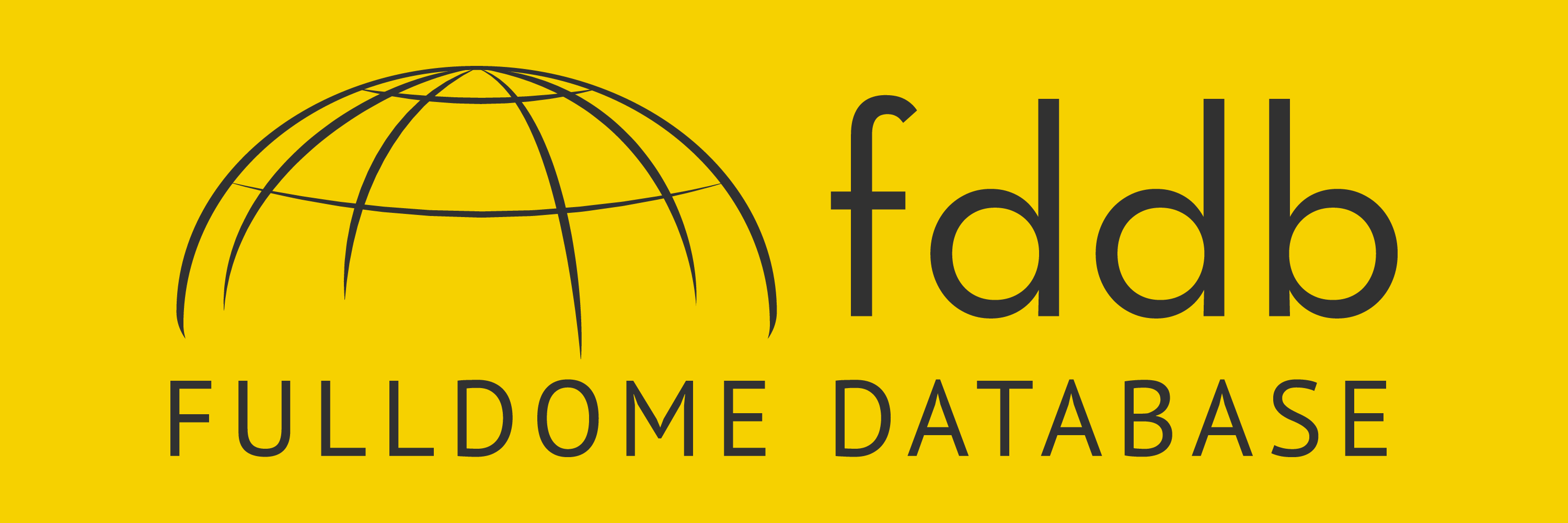Touching the NEOlithic: A Remote Sensed Interactive Dome Film
In December 2013 Pixogram ran an immersive dome installation at the National Museum of Scotland. The project – Touching the Neolithic – was motivated by a wish to engage public interest in artifacts typically observed behind glass screens through a unique exploration of the senses – touch and peripheral vision.
Orkney’s neolithic world heritage site Skara Brae, renown for its mysterious stone artifacts and stunning sense of place was the setting; visitors placed 3D printed museum replicas on an interactive table resulting in corresponding video cues providing context and narrative. The notion of bonding physical to virtual, touch to peripheral, brought rich new meaning to the museum visitor experience and a deeper understanding to the relationship between object and place.
Remote Sensing
The Skara Brae house 3D model was created through photogrammetry, with roughly 1000 quick succession photographs, the linking passageways, through tone-mapped hdri imagery. Back at the studio, chunks were combined and stitched to create one large, 30 million polygon mesh for normals projection to a low poly version. The objects, a whale bone pin, an enigmatic stone ball (purpose unknown) and a cooking pot fragment were laser scanned, 3D printed and reduced to a more palatable 5 million polys per object.
Interactivity
RFID chips were embedded in 3D printed artifacts, received by a hidden serial reader. The signal cued and blended realtime warped 2560 x 2560 uncompressed fisheye video through experimental graphics accelerated video encoding and playback from a single PC.
Summary
Archaeological visualisation can be a precarious and objective place to be with often little to no room for subjective representation, so rather than modify or add geometry, changes in materiality inspired by x-ray images allowed virtual artifacts to take on a new aesthetic and meaning particularly suited to the fulldome medium, an approach Pixogram plan to expand upon in 2014.
For any queries or questions don’t hesitate to get in touch with Jonathan Knox at Pixogram.
Have you liked this post? Subscribe to FDDB Newsletter
Sign up now, it's free!











